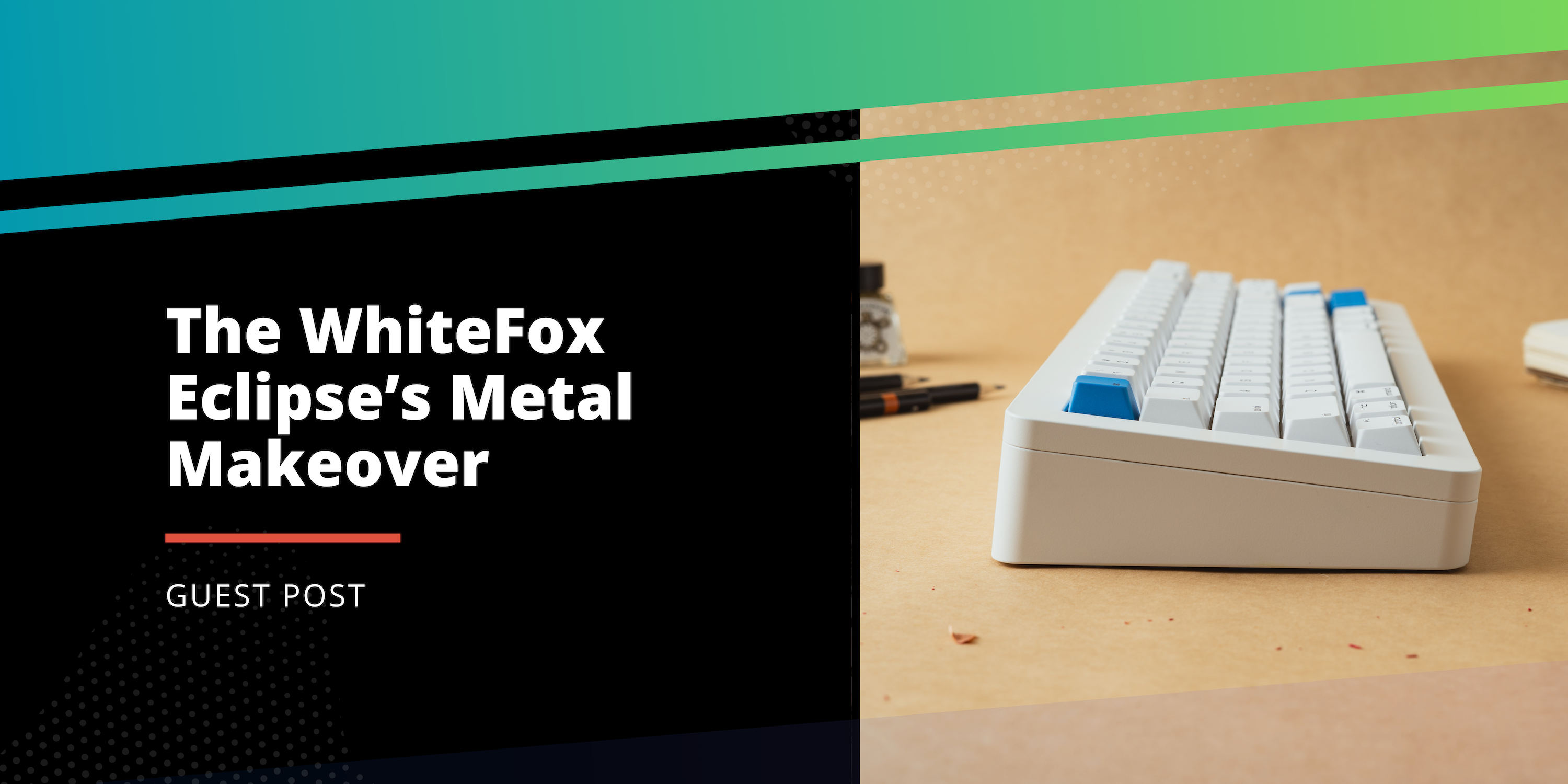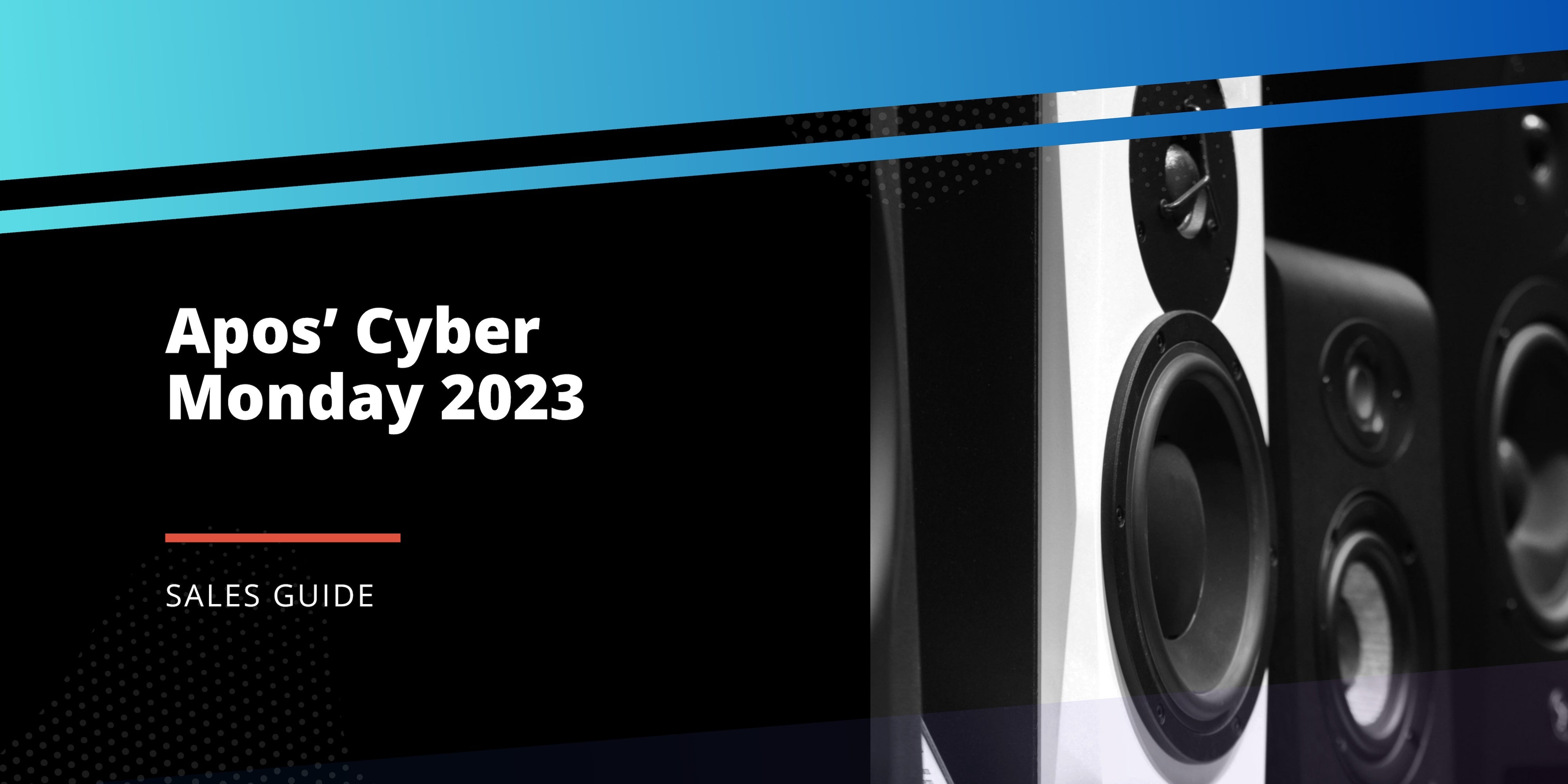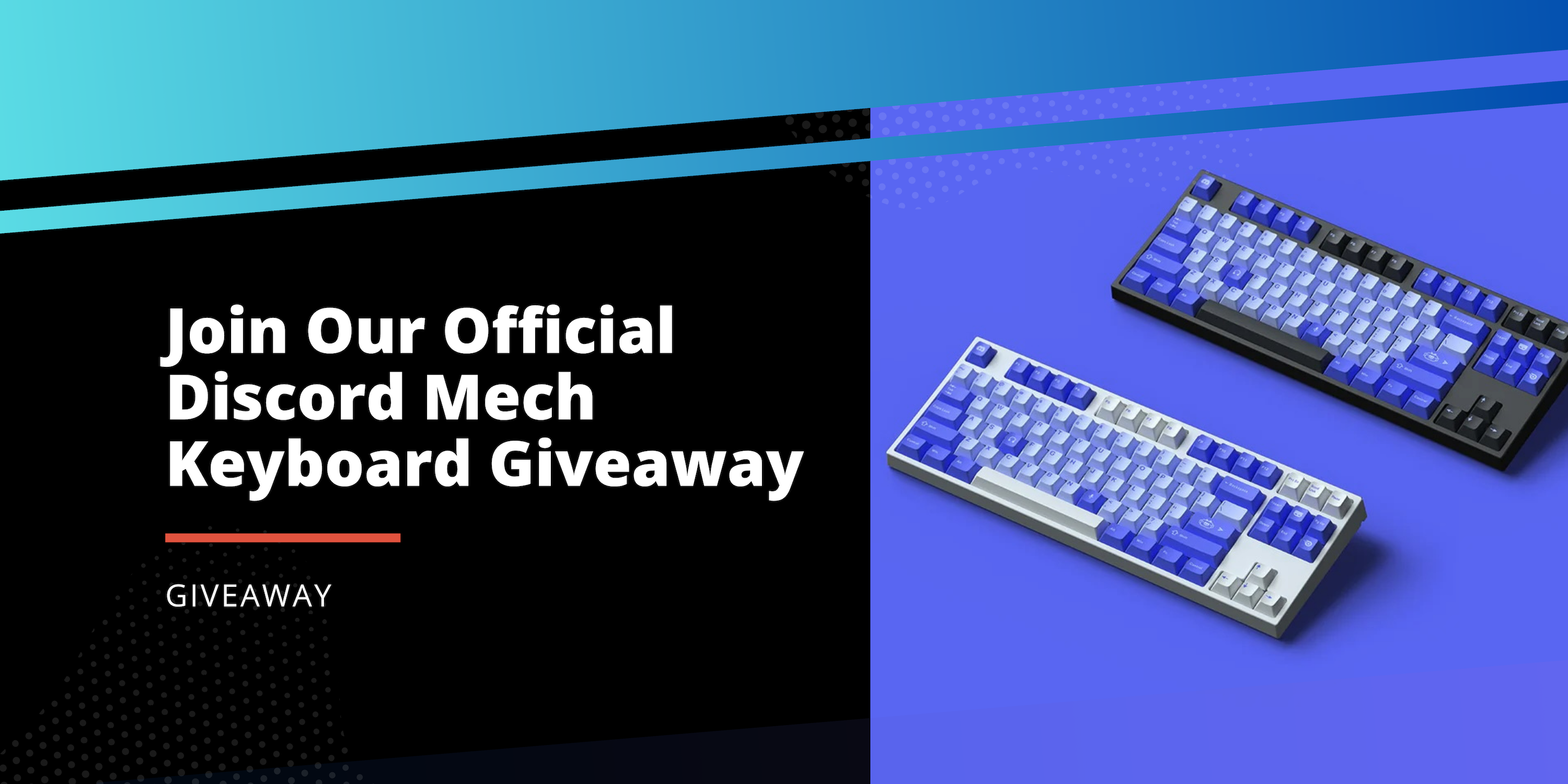
A New Direction in Design: The WhiteFox Eclipse's Metal Makeover
The Metamorphosis to Metal
Welcome back to our journey with the WhiteFox Eclipse, the keyboard for creators. Today, we're excited to dive into a crucial chapter of the WhiteFox saga: the decision to add machined aluminum cases to the lineup.
Clarion Call: The People Want Metal!
When we first sketched out the WhiteFox Eclipse, our thoughts were locked on a sleek, plastic design. It was practical, light, and ticked all the right boxes. But then something unexpected happened: the keyboard community started a conversation that turned our ideas on their head. You spoke, and we listened: the people wanted metal.

Switching Gears: Why Metal Makes the Difference
It was a turning point for us. Adding metal cases meant more than just introducing a new material to the lineup. It meant upgrading the user experience. Metal isn’t just durable—it brings a new level of prestige to the WhiteFox Eclipse. Every tap on the keyboard would feel more solid, more real. The weight would add a major sense of heft and stability, and the texture would add a touch of class. This was more than a new coat for the WhiteFox—it would be a complete transformation in its identity and feel.
Machined Aluminum: A Deliberate Choice
Choosing to add machined aluminum cases came down to precision and craftsmanship. We could have gone with stamped or cast aluminum, but machining spoke to us on a different level. Machining would allow us to fine-tune every aspect of the case to our exact standards. Each line, curve, and corner could be crafted with a level of detail that other methods wouldn’t match. This meticulous process meant we could ensure that each WhiteFox Eclipse was not only visually stunning but built to last. It was a commitment to quality that we were excited to take on, even if it meant rethinking our timelines and processes.

An early render of the high-profile metal case
Embracing the Challenge: The Two-Week Pivot
Two weeks before the Kickstarter launch—a crucial point in any product's journey—we faced a pivotal decision. Embracing the community's call, we decided to add not just one, but two variants of machined aluminum cases to our lineup: the low-profile and the high-profile designs. This decision, made so close to our campaign's launch, was admittedly a little insane, yet fell right in line with our ethos at Team Alpaca Keyboards: to innovate both proactively and responsively.
The Craftsmanship of Machined Aluminum: A Labor of Love
Since the successful conclusion of our Kickstarter campaign, a significant portion of our journey in bringing the WhiteFox Eclipse to life has revolved around perfecting these aluminum cases. The process of machining—carving each case from a solid block of aluminum—is an artform in and of itself. It requires precision and patience, as every curve, edge, and finish has to reflect our promise to provide a product that you can feel proud to own and use.

Renders of low-profile case designs
The Color Conundrum: Perfecting the Shade of White
One of our biggest hurdles in this journey was achieving the perfect shade of white for the metal cases. White, at first glance, seems simple, but the truth is way more complex. We aimed for a specific hue that wasn't just white, but a very specific shade of white. This meant we couldn’t use standard, off-the-shelf colors—each case had to be color-matched meticulously to the keyboard.
The first batch of cases was a learning curve: the colors didn’t align with our vision, leading us to reject them entirely. This was a challenge that tested our commitment to quality and aesthetic coherence. Though initially frustrating, we’re ecstatic about the final results.
Balancing Act: Paint, Precision, and Patience
Our journey with paint was equally demanding. Using different surfacing technologies and finishes meant we had to use different types of paint for the metal and plastic components. The challenge was ensuring that these two paints, when applied, visually appeared identical.
Achieving this consistency was a painstaking process. The thickness of the paint application directly impacted the color outcome. A fraction too thick or thin, and the color was off, leading to rejection. Each metal case could only undergo stripping and repainting once; a second failure meant starting from scratch. This rigorous standard led to a yield rate of nearly 50%, particularly with the high-profile cases, which are composed of two pieces. The quest for color consistency meant many cases had to be discarded, but it was a price we were willing to pay to fulfill our mission. And just look at the final version!

A Tale of Two Pieces: The High Profile Challenge
The high-profile case presented an additional set of challenges. Composed of two pieces, these needed to fit together seamlessly, with a minimal gap. Achieving this required exact machining tolerances. Our first attempt fell short of the precision we demanded. While the discrepancy might not have been visible to the eye, it was discernible to the touch—an unacceptable compromise for a product designed for up-close-and-personal use.
This setback meant another round of painstaking color-matching for the new top plates, adding another layer of complexity to our production process.
The Whiteboard Effect: Striving for Impeccable Finish
The choice of white for our cases, while aesthetically pleasing, brought with it another challenge: maintaining an impeccable surface finish. Rough contact during production or quality assurance left visible marks. We initially produced a batch with what we thought were adequate buffers, only to find the rejection rate was higher than anticipated due to surface quality issues. This led to the difficult decision to reject the entire batch.
Building on Modularity: The Core of the WhiteFox Eclipse
Right from the start, we had a clear vision for the WhiteFox Eclipse: to make it fully modular. Our ultimate goal wasn’t a simple keyboard but an adaptable ecosystem that could evolve with the user’s needs. When the community started asking for metal cases, we saw it as an opportunity to deliver on our promise of modularity ahead of schedule.

Switching cases is ridiculously easy—just pop the keyboard from one case and click it into the other
Building an Ecosystem: Personalization and Beyond
Adding machined aluminum cases was our first step towards this goal. This decision allows users to switch between low-profile and high-profile cases effortlessly, catering to both mobility and ergonomic needs. But we’re not stopping there. We’re planning to collaborate with third-party designers to offer even more customization options. In the future, you’ll be able to personalize your WhiteFox Eclipse with a variety of colors, textures, and designs. The idea is to give you complete control over how your keyboard looks and feels.
Conclusion
So while a white metal keyboard may appear simple, creating it was anything but. For us, this production process was a quest to blend artistry with precision, and a commitment to delivering a product that meets our and your highest expectations.
Stay tuned for more updates as we bring these machined aluminum marvels to fruition and further expand the WhiteFox Eclipse's horizons. We're just as excited as you are to see where this journey takes us.
Team Alpaca Keyboards


